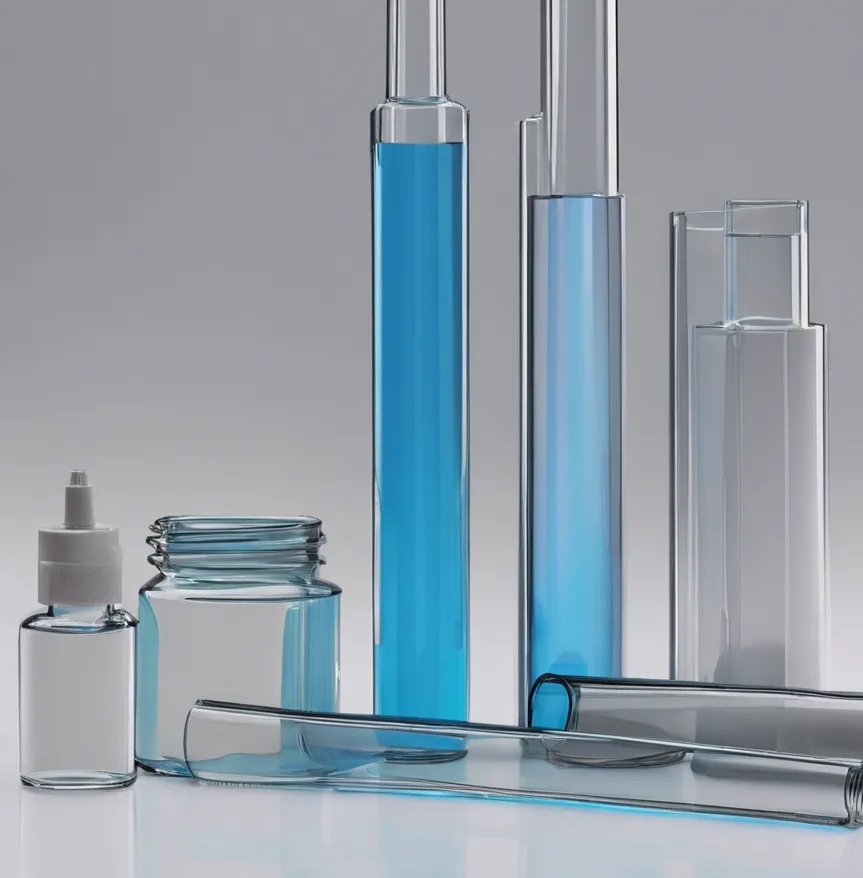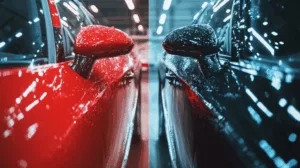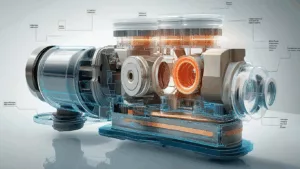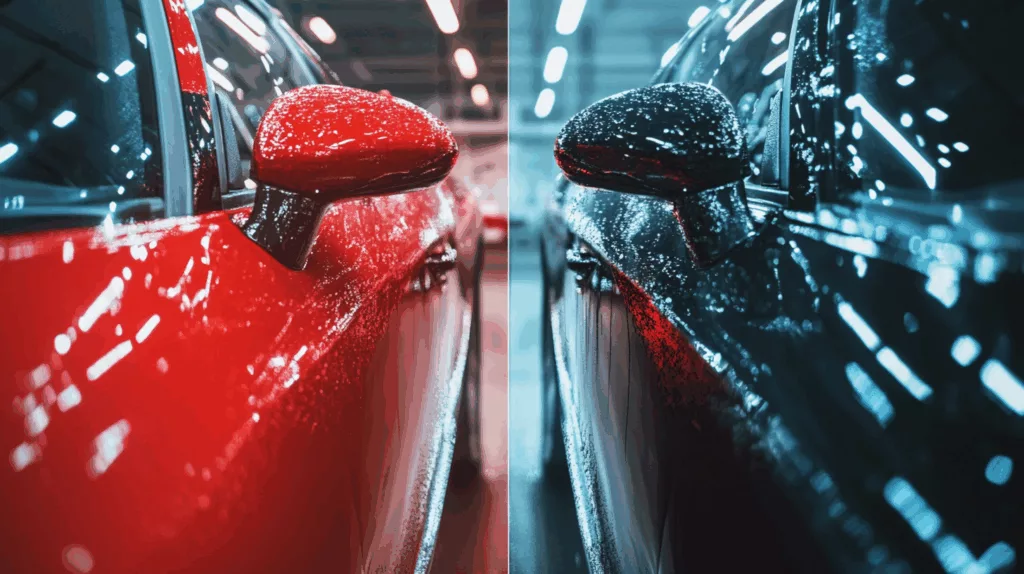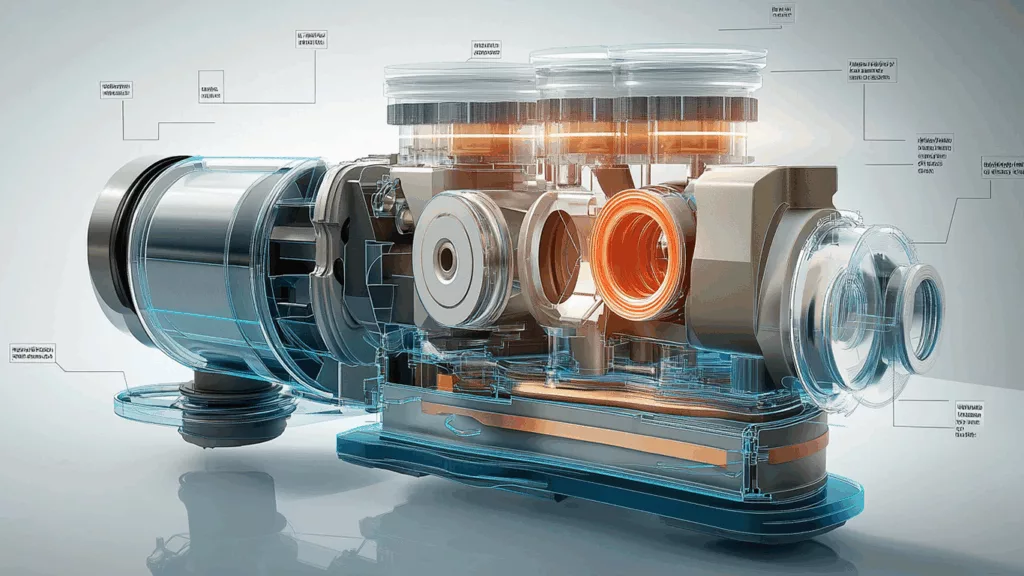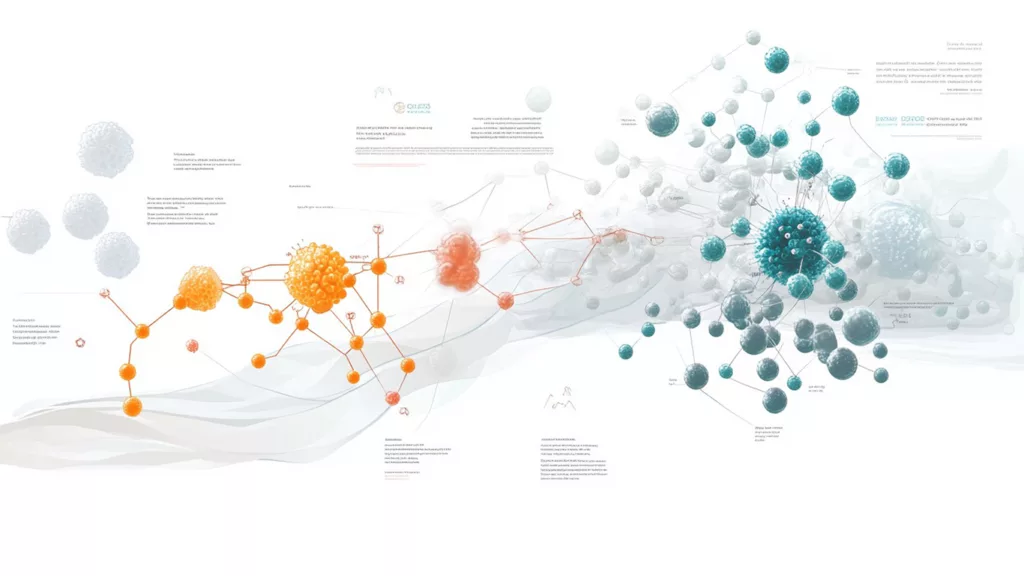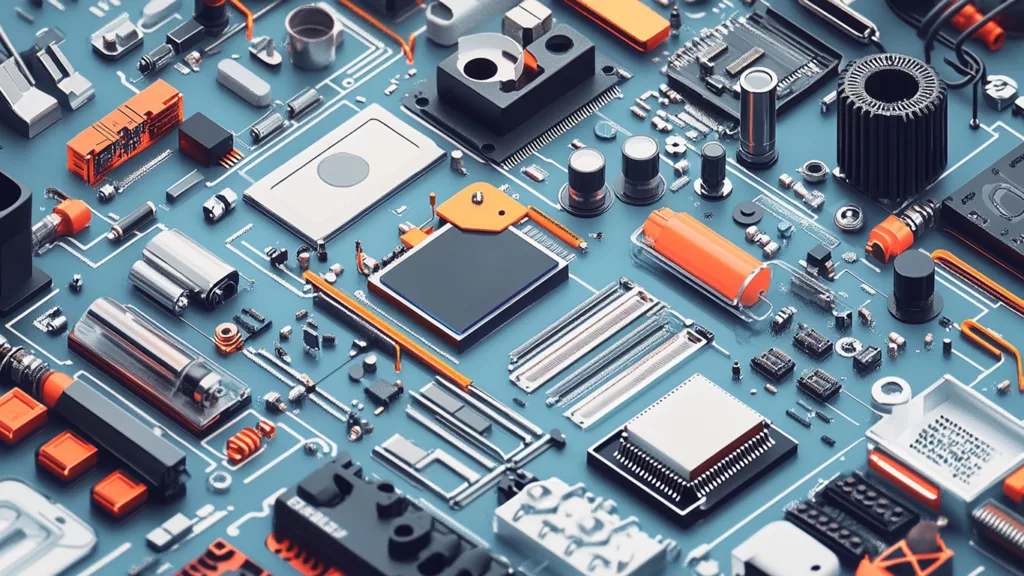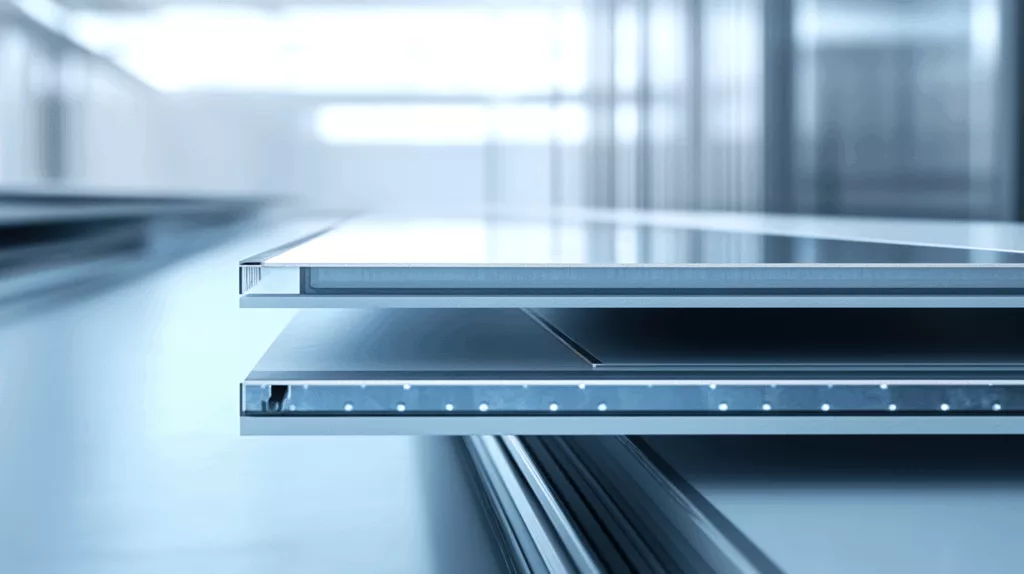UV light curing adhesive is a standout product in the world of bonding and adhesives. It is known for its unique properties and strong performance. UV adhesives are great for glass. They offer precision, durability, and look good, unlike traditional gluing methods. ZDS™ is a top acrylic adhesives maker. They are always at the forefront of innovative bonding solutions.
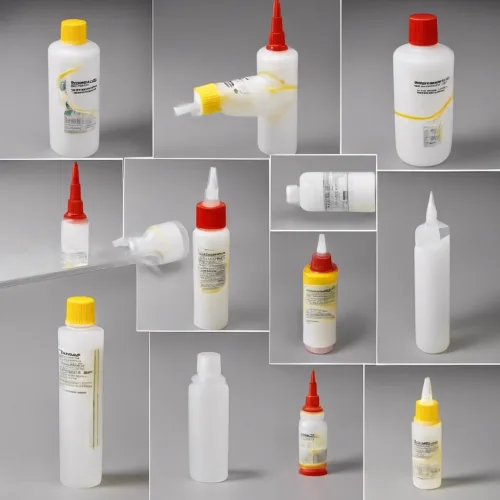
The Benefits of UV Cure Adhesives Glue for Glass
- Speed of Curing: The ability to cure within seconds under UV light means production cycles can be dramatically shortened, boosting productivity.
- High Optical Clarity: These adhesives are typically crystal clear, which is essential for glass applications where aesthetics are important.
- Non-Yellowing: High-quality UV adhesives maintain their clarity over time without yellowing, ensuring long-lasting bonds that do not compromise the look of the glass.
- High Bond Strength: UV adhesives create high strength bonds that are often more durable than the glass itself, suitable for structural applications.
- Clean Application: UV adhesives minimize mess and waste, as they only cure when exposed to UV light, allowing for easy clean-up if necessary before setting.
- Versatility: They can bond a wide range of substrates, including challenging combinations like glass-to-metal.
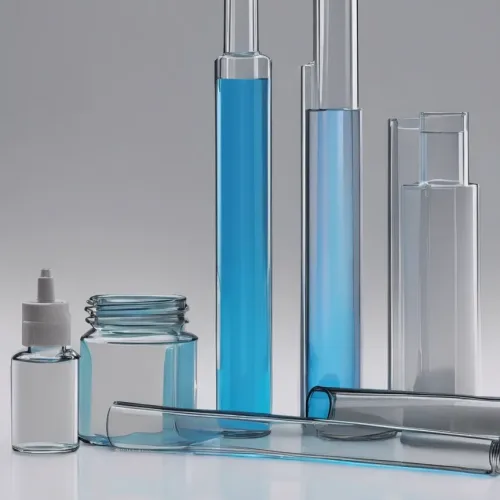
Types of UV Light Used to Cure Adhesive
- Broad Spectrum UV Lamps: These emit a range of UV wavelengths but can require longer exposure times and may produce more heat.
- LED UV Lights: LED lamps provide specific UV wavelengths needed to cure the adhesive efficiently with less energy consumption and a cooler operating temperature.
Choosing Non-Yellowing Adhesives for Glass
Chemical Options for Repairing Broken Glass
How to Apply UV Adhesive for Glass Bonding
- Surface Preparation: Clean the glass surfaces thoroughly with an appropriate cleaner to remove any dust, oil, or contaminants.
- Application of Adhesive: Apply a thin layer of UV adhesive to one of the glass surfaces, ensuring even coverage without bubbles.
- Joining Surfaces: Carefully align and press the parts together, avoiding shifts as this could introduce air into the bond.
- Curing Process: Expose the bond line to UV light for the specified time according to the adhesive’s instructions. This varies based on the adhesive’s formulation and the UV light intensity.
- Post-Curing: In some cases, additional post-curing might be required to ensure full polymerization and maximum bond strength.
Identifying the Best UV Adhesive for Glass Projects
When selecting the best UV adhesive for glass, consider factors such as:
- Viscosity: Match the adhesive’s viscosity to your project needs—low viscosity for tight-fitting components and higher viscosity when gap filling is required.
- Compatibility: Ensure the adhesive is compatible with both glass and any other substrate involved.
- Cure Time: Check the adhesive’s cure time to ensure it fits within the desired work process.
- Bond Strength: Look for adhesives that offer the level of strength required for the intended application.
Cost-Effectiveness of UV Glue for Glass
Cost-Effectiveness of UV Glue for Glass
UV light curing adhesives represent a benchmark in glass bonding technology. These adhesives are important in many sectors, like manufacturing and hobbyist projects. They cure quickly, don’t yellow, and make strong bonds. ZDS™ is a forward-thinking supplier of acrylic adhesives. Our products are designed to meet strict demands and help customers get great results.
When securing a glass table top, repairing a treasured item, or crafting miniature models with 3D printer resin, it’s important to choose the right best UV adhesive. When you follow these guidelines, using UV light curing technology becomes accessible and transformative. It helps create long-lasting creations in both function and form.


